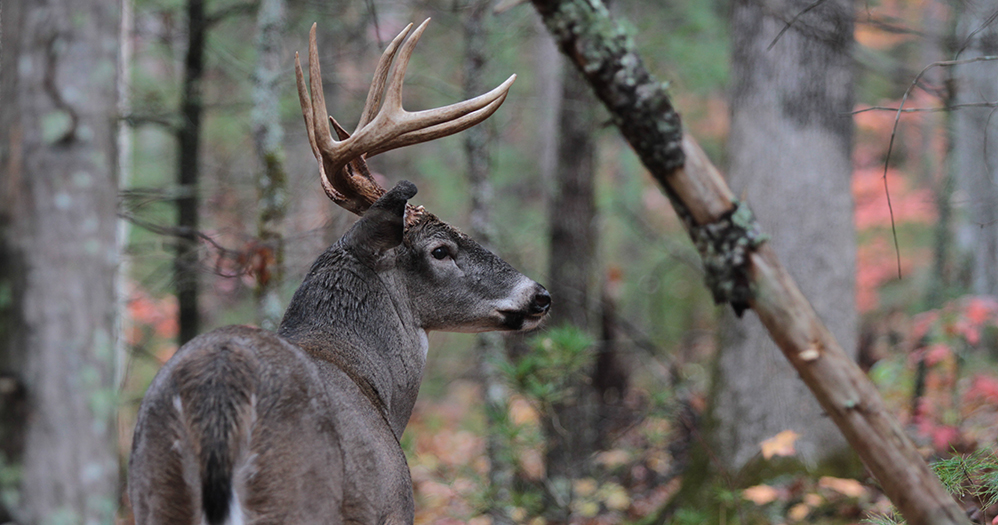Hunters, harvest needed to help deer
Published 2:00 pm Tuesday, October 15, 2024

- MDWFP IMAGE
BROOKHAVEN — An estimated 1.5 million deer inhabit Mississippi according to the Mississippi Department of Wildlife. Hunters harvest around 280,000 deer annually with a stable population but there is a need for an increase in harvest.
It is remarkable considering Mississippi once had a statewide population as low as 1,200 deer in the early 1900s due to habitat degradation and over hunting. Thanks to the conservation work of Fannye Cook, a Crystal Springs native, hunters and the creation of the Mississippi Game and Fish Commission in 1932, deer populations began to rebound. It was not easy at first, deer had to be relocated around the state and intensively managed to allow the population to grow.
Deer restocking efforts continued until the 1960s. From the 1960s to the 1980s, deer production exponentially grew. Today, Mississippi faces a different management challenge. There are simply not enough resources available and too many deer on the landscape to have a healthy herd.
Trending
Hunters play a vital role in conservation and are needed to harvest more deer within the bag limit. According to MDWFP, the average hunter in Mississippi kills 1.6 deer a year. In order to have a healthy deer herd, hunters need to harvest one more deer within the bag limit.
Slow disease spread
One reason harvest is needed is to help slow the spread of Chronic Wasting Disease. CWD is a 100 percent, always fatal disease caused by an infectious prion. The neurodegenerative disease is found in deer and other members of the cervidae family.
CWD is spread in a couple of ways, one is by direct contact with infected deer and bodily fluids and indirect contact with CWD prions shed by infected deer into the environment. Prions are shed in bodily fluids such as blood, saliva and urine. Places where indirect contact can occur are scrapes and corn feeders according to research conducted at Mississippi State University.
Physical symptoms of CWD are often not visible until the late stages of the disease, 12 to 18 months after infection. Healthy looking deer can be positive for CWD and in Mississippi, a majority of positives have not been clinical or shown symptoms of CWD.
Hunters are urged to submit samples for testing to help surveillance efforts for the disease. The sooner CWD is found the more management options there are to fight the disease. The Center for Disease Control reports “To date, there is no strong evidence that CWD infects people. However, these experiments raise the concern that CWD may pose a risk to people. They show the importance of preventing people from eating CWD-infected deer.”
Trending
To date, there are 318 CWD positives detected in Mississippi across 16 counties.
Helping hand
Hunters can also help feed hungry Mississippians with their harvest. According to the MDWFP, Hunter’s Harvest is a program through the Mississippi Wildlife Federation where hunters can donate venison through participating processors in Mississippi. Lincoln County processors participating in Hunter’s Harvest include Boyd Deer Processing in Ruth, Diamond J and Knight’s Deer Processing in Brookhaven.
The meat is often donated to local food pantries and banks through the Mississippi Food Network.




